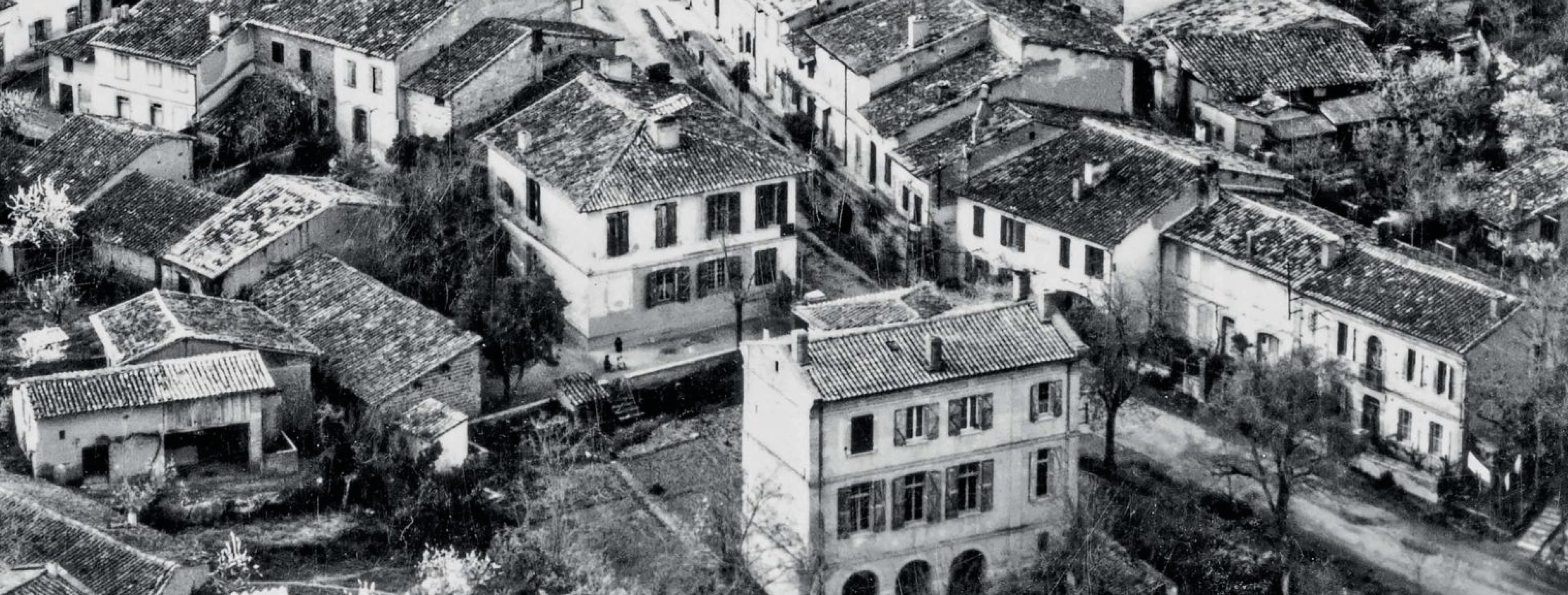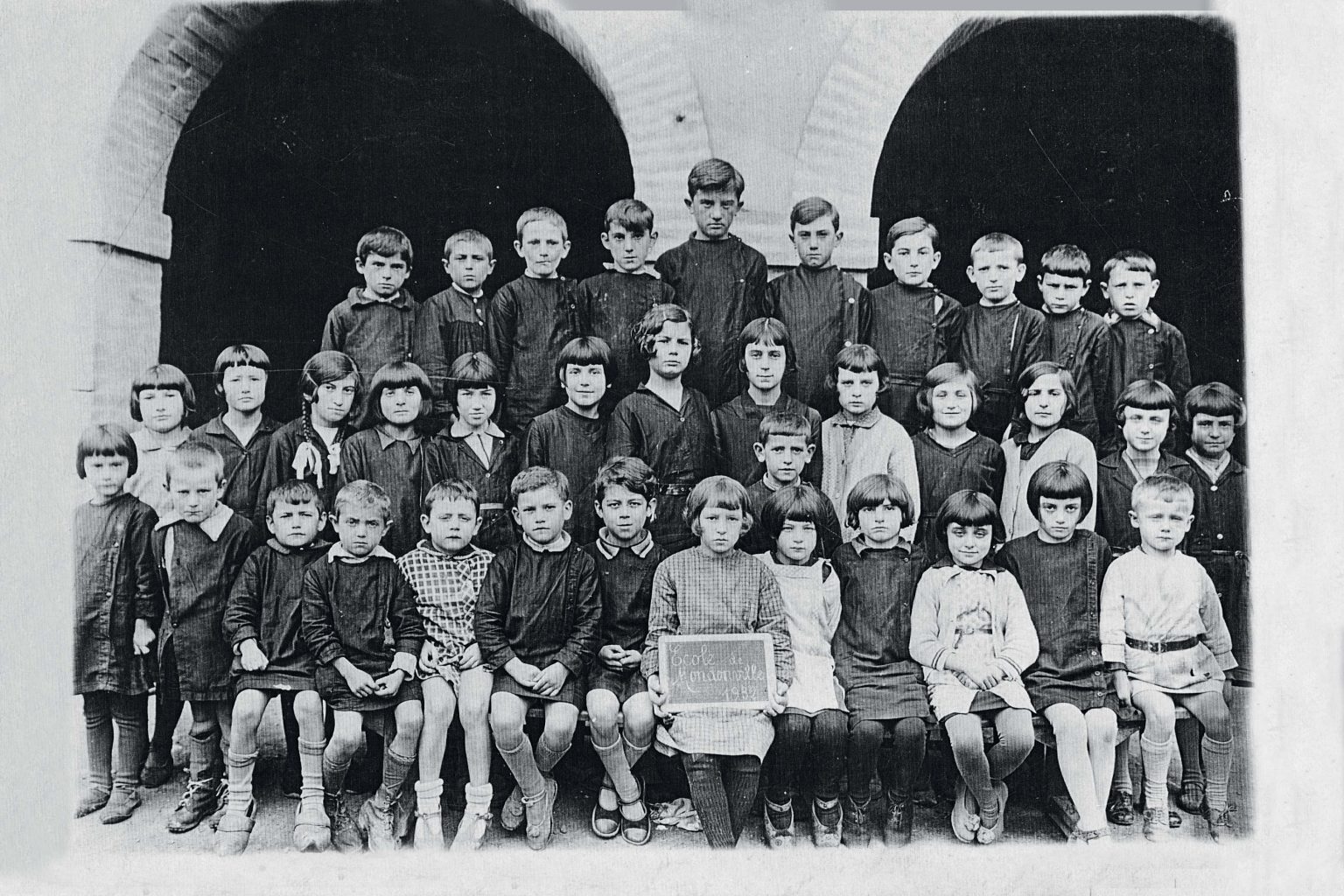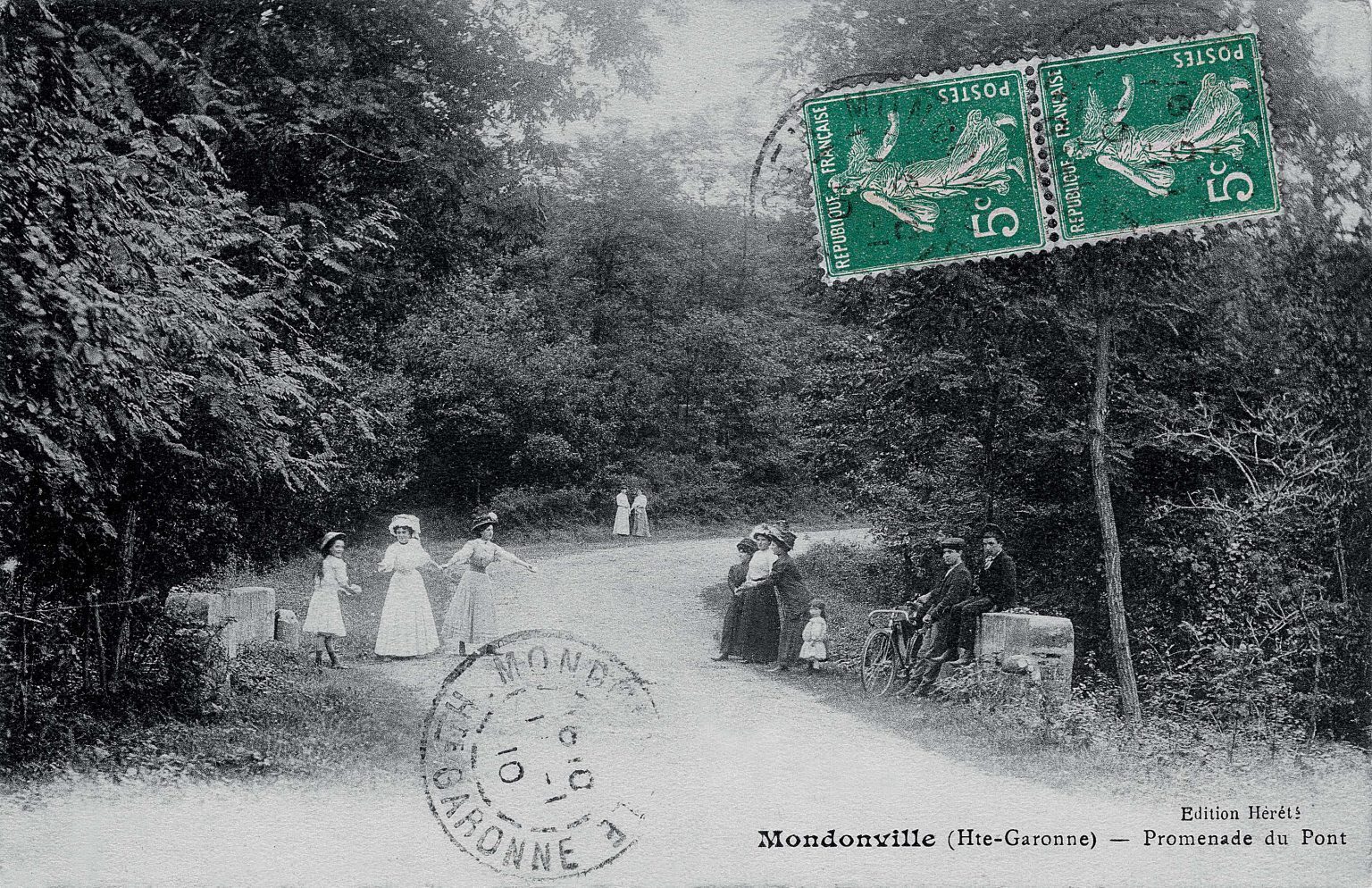The boys’ school
The minutes of the city council dated May 10, 1810 include the first mention of a schoolteacher in Mondonville. On top of his teaching duties, Monsieur Dubous also held the post of town clerk and country guard (“garde-champêtre”).
The minutes from November 12 1854 provide for the purchase of a building to house the school and town hall together. The boys’ school was to be housed on the first floor, with the town hall on the ground floor (see photo fragment).
The girls’ school
Bernard Sabathé, a schoolteacher in Mondonville, gives the following account in his 1886 memoir:
“The girls’ education was thoroughly neglected for a long time. Only in 1837 were they allowed to register in the boys’ school. The school continued as a mixed-sex institution until October 1886.”
From this date on, a girls’ school was run by nuns. It was situated in a house rented by the town and – again in Monsieur Sabathé’s words – the class was “on the first floor, in a cramped space reached by climbing a very poor staircase. The schoolmistress’s lodgings are not decent, besides which, there is neither a courtyard nor a garden.” Fortunately, plans to build a new school were approved by the Ministry in 1879 (see picture).
The “Ramparts”
The city wall, locally called “rempart” (rampart) was actually a supporting wall built by the Montespans, the wealthy owners of the brick and tile factory that used to stand below the old school, in the present-day Parc de la Tuilerie (Brickworks Park). It was meant to fortify the foundations of the houses at the time the new road and the Gajea bridge were built.
These had turned out to be needed as the old route, along the bottom of the valley, made it necessary for a team of oxen or horses to pull stage coaches, carts or other such vehicles up the steep slope leading up from the ford to the village.
The wall was in all likelihood built in the 19th century and is up to 3 metres thick in several places.





